When Did Humans Become a Burrowing Species?
Digging into our drive to tunnel, bore, and head underground.
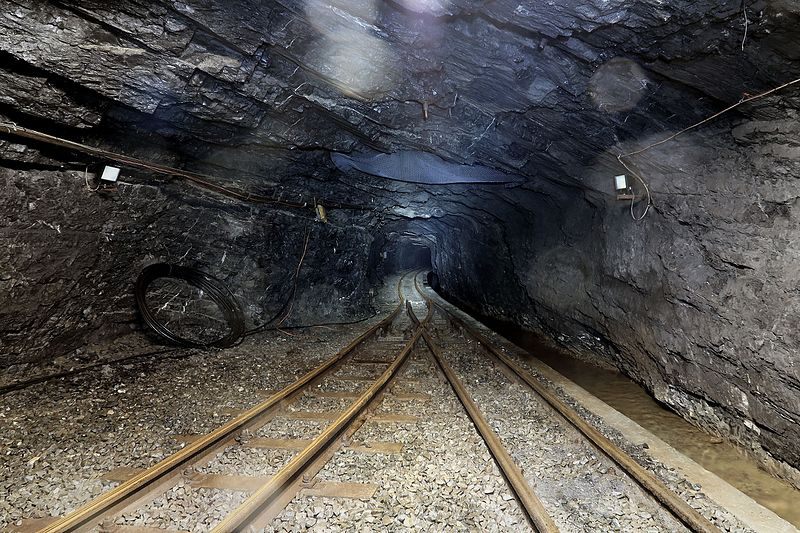
Of all the species on this planet, we are the best tunnelers. We may not think of ourselves as much like moles, voles, rats, prairie dogs, earthworms, termites, and others, but we dig deeper and farther and wider than any other animal the planet has ever seen. The deepest tunnelers among animals—crocodiles that can burrow 39 feet down—cannot compete with us at all. Humans have traveled, in the deepest mine in the world, almost 2.5 miles underground (to say nothing of our boreholes, which go nearly three times deeper). The longest and deepest traffic tunnel in the world, the Gotthard Base Tunnel, makes it possible to cross the Alps in 40 minutes or less. The world’s major cities are criss-crossed by tunnels carrying water, sewage, wires, and people. Montreal has an entire subterranean city for its residents to navigate in the cold winter.
These networks of tunnels have become so extensive that they have changed the geomorphology of the planet. Long after everything we have created on the surface is overgrown, ground down, and eroded away, evidence of the holes we have dug will still be here, underground.


Other species don’t choose to tunnel—it is encoded in their genes. We choose to do it, and it doesn’t exactly come naturally. It’s strange to think of living in a tunnel, always in the dark, always enclosed, always locked away from the sky. Underground, people can get uneasy, and tunnel-dwellers are usually thought of as outcasts or people with something to hide.
A handful of religions have imagined underworlds that are pleasant or strange without being frightening, but they’re the exceptions. In most mythologies, going down is not a good thing—it’s a quest, a challenge, a trial. No one visits the underworld for a picnic. The English word for anything related an underworld is “chthonic.” It’s not even inviting to say. A tunnel, after all, might be thought of as a grave that hasn’t collapsed yet. You go into the ground when you die.
In the search for the origins of tunneling, the story of how we became a tunneling species, clues are be hard to come by. Tunnels resist the efforts of archaeologists. Some underground passageways, like the fogous of England, keep their purposes secret. Others, like water tunnels around the Mediterranean basin, can be difficult to place in time. But each of these examples hints at origin of the long tradition of human tunneling. Dig deep enough into our history, layer by layer, and it’s possible to uncover a sense of why we started to carve out places for ourselves underground in the first place.
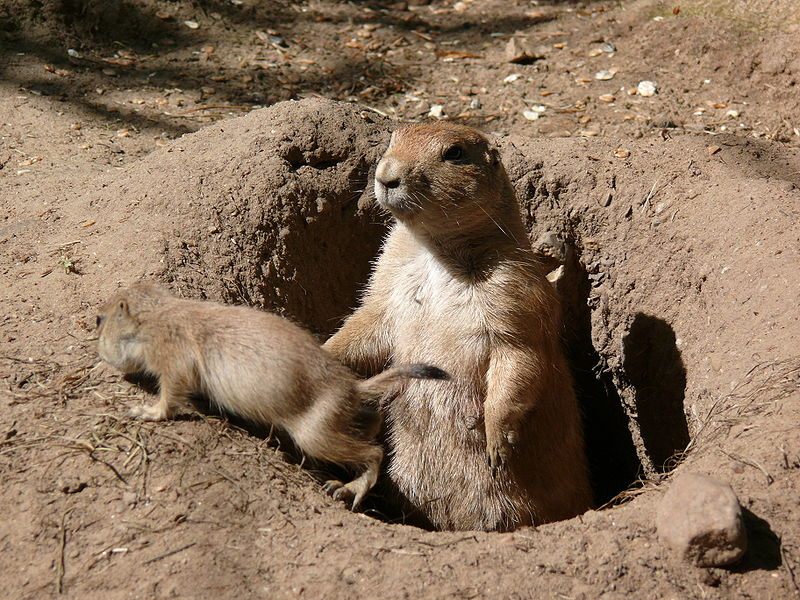
Some of the most mysterious tunnels in the world are found in Cornwall, in England’s lush southwest. Before the Romans reached Britain, small communities of farmers had settled across this area, and at least 13 of these communities, likely many more, built man-made tunnels known as fogous (pronounced “foo-goos”) into the ground. They’re well-constructed: The people who made them chose well-drained places to dig deep trenches, which they lined and capped with large, flat stones and then hid under a layer of earth. They are much more pleasant than might be expected. “You’d expect fogous to be quite wet, but on the whole they’re pretty dry places,” says James Gossip, an archaeologist for the Cornwall Council.
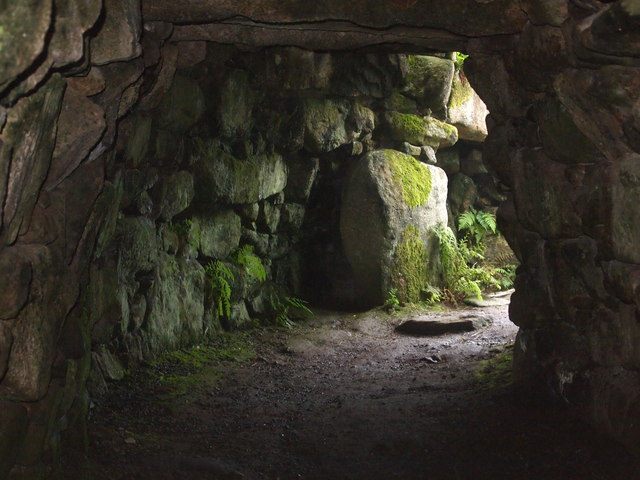
By dating pottery sherds found in these tunnels, Gossip and his colleagues know the fogous were used as far back as 400 B.C., but they have no idea why these farming communities created them. The tunnels are not practical spaces. Some narrow so that it’s only possible to move through them on hands and knees, and then they open up again into mysterious rooms of unclear purpose. Archaeologists have never found evidence that fogous were used for storage, and since their entrances were hidden, some archaeologists wonder if they were meant to be hiding places or ritual spaces.
“That’s always the function that’s trotted out when we don’t understand the purpose of anything and we feel, using our 21st-century brains, that this place might be a little otherworldly,” says Gossip. “They certainly have that feeling about them. If you go down one of these, you feel as though you’re entering another place. You’re probably only six feet below the ground, but it feels as though you could be hundreds of feet down. If you turn your flashlight off, you’ll suddenly be in complete darkness and silence.”

Around the same time that people in England were building fogous, Romans were building their own, more massive tunnels to the south. These tunnels, unlike the fogous, had a very clear purpose. They moved large quantities of water, to irrigate fields and supply people in otherwise dry places, or to drain lakes that would flood the surrounding areas. Romans probably learned the art of building tunnels from the Etruscans, but it’s difficult to know exactly how long Mediterranean people have been working underground in this way.
One of most impressive examples of an ancient water tunnel is the Siloam Tunnel, which travels for more than 1,700 feet under the hills of Jerusalem. For many years, a Bible verse describing the greatest achievements of Hezekiah, a ruler in the eighth century B.C., was thought to refer to this tunnel when it celebrated “how he made the pool and the conduit and brought water into the city.” But no one had been able prove that the tunnel’s history goes back that far. Flowing water cleans out any evidence that might hint at the tunnel’s construction, and any archaeological artifacts left behind are likely to come from the end of the tunnel’s useful life, rather than the beginning.

Two Israeli geologists with an interest in ancient tunnels, Amos Frumkin and Aryeh Shimron, developed a strategy for dating this one, using the tunnel’s walls, ceiling, and floor. The walls and floor contained datable organic material, locked in bits of plaster used to seal cracks in the rock during the tunnel’s construction. On the ceiling, they found calcite stalactites, which could also be dated. Their results lined up with the Biblical texts. The tunnel, they wrote in a Nature paper, was probably built “about 700 B.C. or slightly earlier.”
Before that, possibly, people around Jerusalem were digging spring tunnels into their hills to improve access to naturally occurring water sources. “People tried to get water from wherever they could find it, and we have very ancient wells which were dug in the Neolithic period, which is some 8,000 years ago. They already understood how to dig vertically into the aquifer,” says Frumkin. “A spring tunnel is more like a horizontal well.” Because they go straight into bedrock, these tunnels don’t contain the same clues used to date the Siloam Tunnel. All that’s certain is that some time between 8,000 and 2,700 years ago, someone figured out how to turn a well on its side.

Even older than the Siloam Tunnel, are the mines of Great Orme, nine miles of passages in a massive rise of limestone in Llandudno, Wales. At their deepest, the mines’ tunnels extend 230 feet below the surface. These were dug approximately 3,800 years ago, and they’re some of the oldest known tunnels used for resource extraction. Today, though our most impressive tunnels are meant for trains and transportation, many miles of human tunnels are dug for no purpose other than to get something we want out of the ground. At Great Orme, people started digging tunnels for copper.
The people of the time would have started collecting copper on the surface, where it was easy to come by. When those surface veins were tapped out, the budding miners followed the copper, down into the hill. They tunneled deep, using stone hammers and tools made from bone to find more of the metal they would smelt with tin to make bronze. Some of the tunnels were so narrow that, according to the BBC, they were most likely used only by children tasked with venturing deep underground.

Imagine them entering the network on the hillside and traveling into its deepest reaches. How long were they in the dark? Did it seem exciting, an important task? Or was it frightening, to be in those small spaces, far from sunlight and grass and trees? It’s not an accident that tunnels can unnerve and invoke fear, since the oldest known human tunnels were part of graves.
In Egypt, there’s a labyrinth dug around 4,600 years ago for the burial of royal relatives under the Pyramid of Djoser in Saqqara. It features nearly four miles of tunnels, with walls inlaid with shining blue ceramics to mimic the interior of a palace. There are tunnels under the Great Pyramid at Giza and in the Valley of the Kings, too. These tunnels represent the knowledge and success of engineers going back thousands of years. In one seemingly unfinished tunnel in Egypt, dating to the 1280s B.C., archaeologists found an ancient instruction: “Move the doorjamb up, and make the passage wider.”
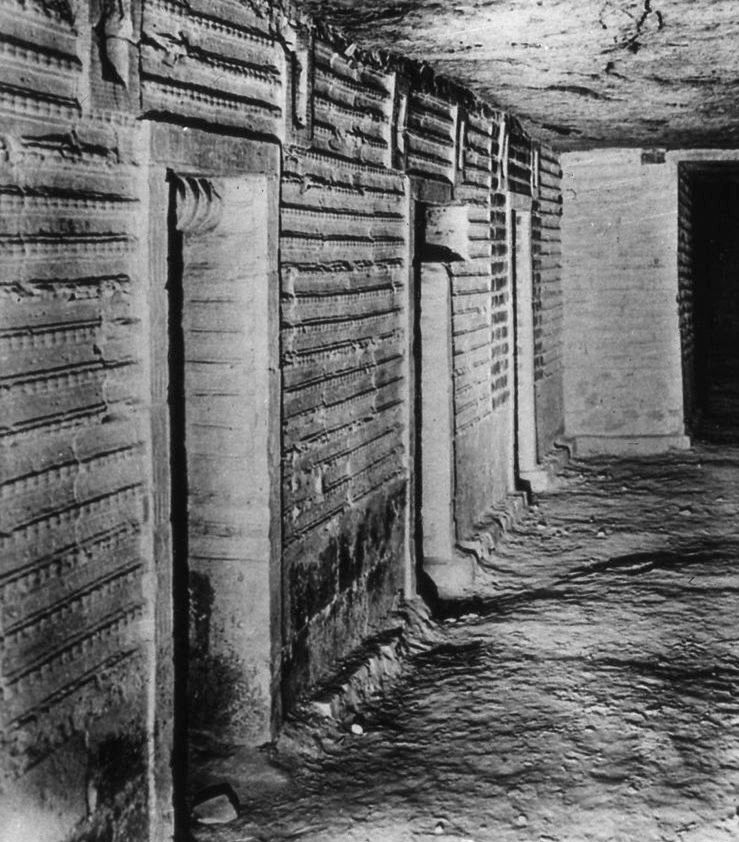
But even oldest known tunnels are extensions of practices with a deeper history. Evidence of human burials goes back 100,000 years, and before we made our own holes in the ground, early humans left their dead in caves. Long before we were digging tunnels, we were inhabiting and using naturally occurring ones that required less engineering prowess.
“There’s long-standing evidence that hominids and human themselves are drawn to caves,” says Christopher Witmore, an archaeologist at Texas Tech University. “Hominids use caves for shelter, protection, air conditioning. We are predisposed for interiors.” We may not have the same instinct as an oldfield mouse—which digs a burrow and makes sure to equip it with a hidden escape route—but we’ve long looked to holes in the earth for the same reassurances that drive many animals to dig burrows.
What distinguishes a cave from a tunnel? The word for the Cornish tunnels, fogou, is only a breath away from the Cornish word for cave, ogo. A tunnel might be thought of as a very long cave, or a cave that goes somewhere, or a cave made with human hands. At some point, around 6,000 years, there’s evidence that humans started excavating, expanding, and engineering caves for habitation and storage. “They probably had some knowledge of excavation during that time already,” says Frumkin, the Israeli tunnel expert. Faced with naturally occurring caves that didn’t quite meet their needs, humans decided to renovate. Faced with a planet that hasn’t always met our needs—resources locked underground, mountains between cities, and water just out of reach—we’ve followed the same impulse to its extreme conclusion.
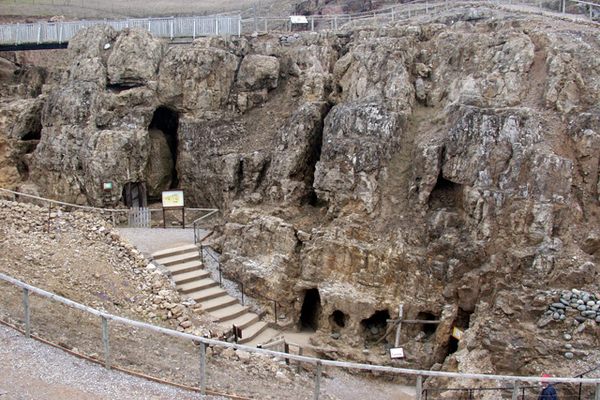

























Follow us on Twitter to get the latest on the world's hidden wonders.
Like us on Facebook to get the latest on the world's hidden wonders.
Follow us on Twitter Like us on Facebook